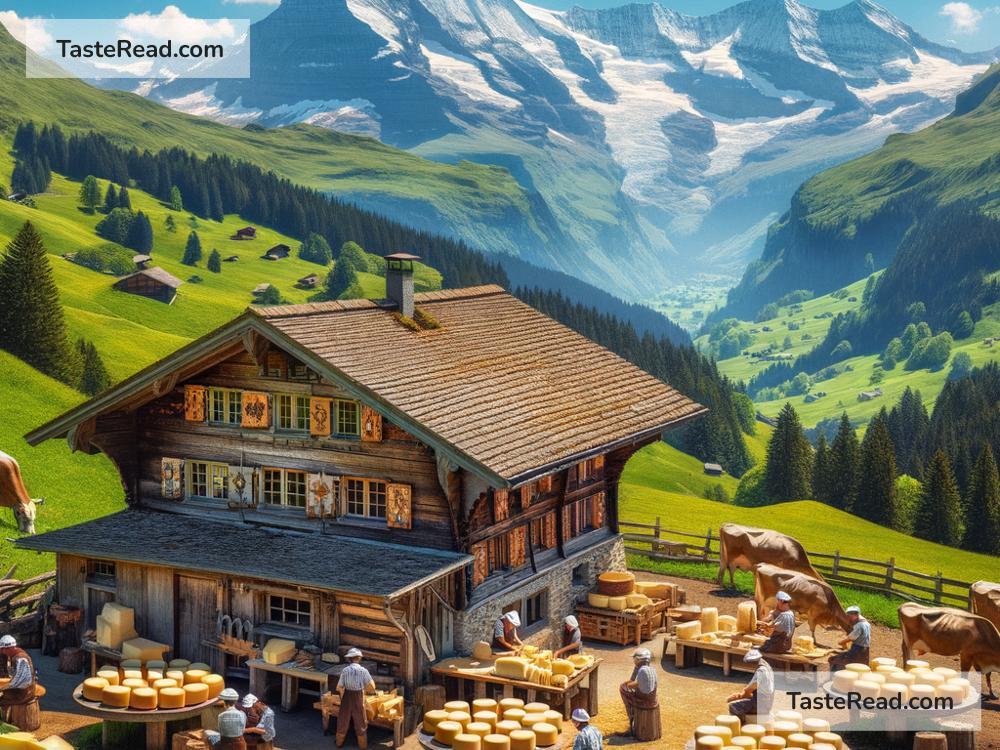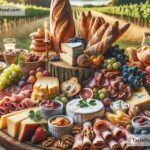Exploring Artisanal Cheese Making in the Swiss Alps
When you think of Switzerland, certain images come to mind: snow-covered mountains, cuckoo clocks, and, of course, cheese. Swiss cheese is famous around the world, and the Swiss Alps are home to some of the finest cheesemakers who produce their creations using traditional methods. Artisanal cheese making in the Swiss Alps is not just a craft; it is a way of life passed down through generations. Let’s take a closer look at this fascinating process and the people behind it.
A Tradition Rooted in History
Cheese making in the Swiss Alps has been part of the region’s culture for centuries. Long ago, mountain farmers needed to preserve milk from their cows during summer when their herds were grazing on rich alpine meadows. Turning milk into cheese was a way to store nutrition for the colder months. Over time, these farmers developed unique recipes, techniques, and flavors tailored to their specific regions.
Today, some of Switzerland’s most famous artisanal cheeses—like Emmental, Gruyère, and Appenzeller—come from these age-old traditions. Each cheese is unique, reflecting the land, the weather, and the herbs and grasses eaten by the cows. These elements form what cheesemakers call the “terroir,” or natural environment, that gives the cheese its special character.
Life in the Swiss Alps
Artisanal cheese making in the Swiss Alps starts with hardworking farmers and their cows. In the summer, the cows graze freely in high alpine pastures known as “alps.” These mountain meadows are home to hundreds of varieties of wildflowers, herbs, and grasses that make the milk incredibly tasty and fragrant. Farmers carefully tend to their herds, ensuring the cows are healthy and happy.
The milk is often collected twice a day, early in the morning and in the evening. Because artisanal cheese making is done in small batches, cheesemakers use fresh milk each time. Many cheesemakers live and work in traditional wooden buildings called “chalets” perched in remote alpine valleys. These chalets are equipped with simple tools and large copper pots heated over wood fires. The process may seem humble, but every step is handled with skill and care.
The Process of Making Cheese
The heart of artisanal cheese making lies in the process itself. It starts with raw, high-quality milk from happy cows. This milk is poured into massive copper kettles and gently heated over a fire. Cheesemakers add special bacteria, called cultures, to start the fermentation process, giving the cheese its flavors. Next, rennet (a natural enzyme) is added to help the milk solidify and form curds.
Once the curds form, they are carefully cut into smaller pieces and stirred. Cheesemakers check the temperature and texture constantly, using generations of knowledge to know when the curds are just right. The curds are then shaped into molds to give them their final shape and then pressed to remove extra liquid, or whey.
After pressing, the cheese is aged. Aging is crucial for developing flavor and texture. Artisanal Swiss cheeses are often aged in cellars or caves with cool, humid conditions. During this time, cheesemakers carefully turn and brush the wheels of cheese to encourage the right bacteria and molds to grow. Aging periods can vary greatly; some cheeses are ready in a few weeks, while others take months or even years to reach perfection.
The Unique Flavors of Swiss Cheese
One of the most exciting things about Swiss artisanal cheese is the diversity of flavors. Depending on the region, the season, and the exact recipe, each cheese offers something different. For example, Gruyère has a nutty and slightly sweet taste, while Appenzeller is bold, spicy, and aromatic. Emmental, known as “Swiss cheese” in many countries, is famous for its holes and mild, buttery flavor.
The high-quality milk and traditional methods mean Swiss artisanal cheeses are rich, complex, and superior to mass-produced cheese. Cheesemakers take pride in their craft, and their dedication is evident in every bite.
Supporting Local Cheesemakers
Visiting the Swiss Alps is a magical experience, but exploring artisanal cheesemaking takes it to another level. Tourists can visit farms and cheese dairies to see the process up close. Many cheesemakers offer tastings, where visitors can try fresh, authentic cheeses and learn the stories behind them.
By supporting local cheesemakers, you help preserve important traditions and keep small communities thriving. Buying artisanal cheese directly from producers or markets ensures a fair price for their hard work. Many farmers and cheesemakers in the Alps rely on these sales to maintain their way of life and pass it on to future generations.
Final Thoughts
Artisanal cheese making in the Swiss Alps is a beautiful blend of tradition, nature, and craft. It connects the people, the land, and the animals in a harmonious way. From the grassy alpine pastures to the cheese aging in cellars, every step in this process reflects care and passion.
The next time you enjoy a piece of Swiss cheese, take a moment to think about the journey it went through—from the cows grazing in the mountains to the cheesemaker’s skilled hands. If you ever have a chance to visit the Swiss Alps, don’t miss exploring the world of artisanal cheesemaking. It’s a delicious experience you won’t forget!


